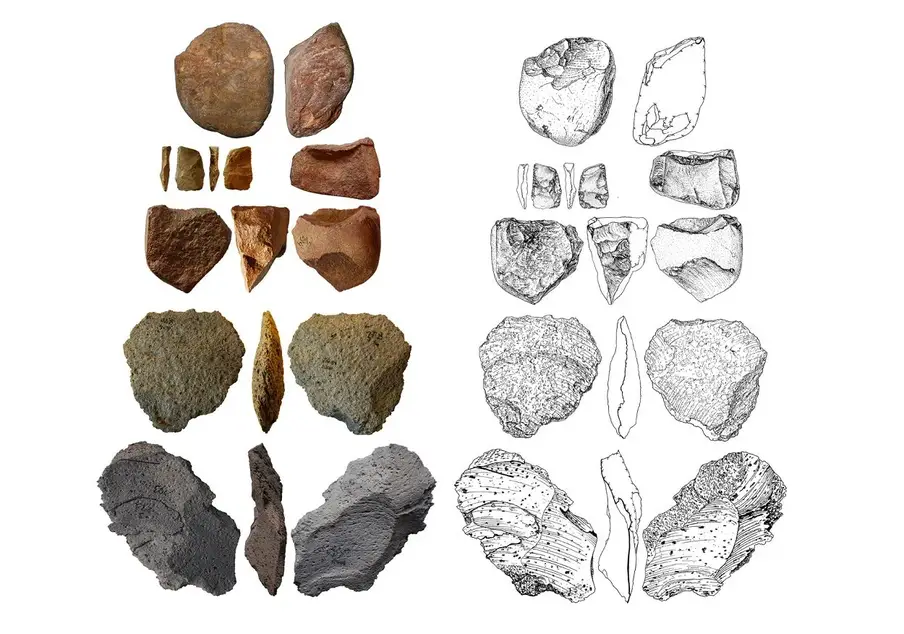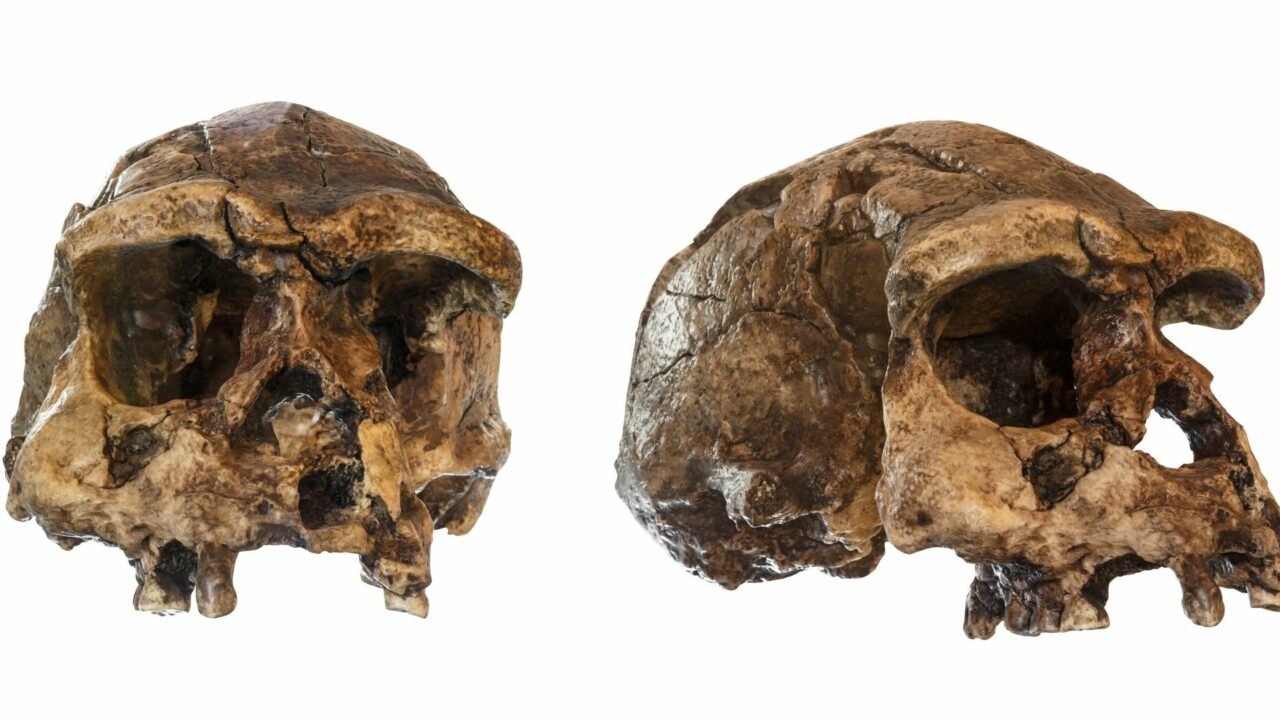Sensational: Europe’s oldest stone tools made by Homo Erectus found in a Hungarian village

A major archaeological discovery has recently been made near King’s House, where researchers have uncovered Europe’s oldest stone tools made by Homo Erectus. These findings suggest that tool-using human communities were present on the continent as early as 1.4 million years ago, shedding new light on the European phase of human evolution.
The discovery of ancient man-made stone tools
A team of researchers led by the Institute of Nuclear Physics and Archaeology of the Czech Academy of Sciences has discovered primitive man-made stone tools in the King’s House area. Using new methods to date the finds, the age of the tools has been estimated at 1.4 million years — 200,000 to 300,000 years older than the tools previously considered the oldest, found at the Atapuerca site in Spain.
Traces of Homo erectus in Europe
Although no direct human remains have been found at the site, the technique used to make the man-made stone tools suggests that Homo erectus, an extinct archaic human species, was responsible for their creation. This species was the first to leave Africa two million years ago, spreading to the Middle East, East Asia, and Europe. The King’s House discovery confirms the hypothesis that the first wave of Homo erectus migration into Europe came from the East, as reported by Heritage Daily.
The role of climate in migration
Based on an analysis of climate models and pollen data, the researchers concluded that the migration of Homo erectus to Europe occurred during three possible interglacial warm periods — i.e., between two ice ages — along the Danube. This discovery not only maps the routes of early human migration but also highlights the importance of climate and geography in shaping human expansion.

The historical significance of the Royal House
Királyháza, a settlement on the left bank of the Tisza, has a rich historical past, according to Helló Magyar. In the Middle Ages, it served as a holiday resort for Hungarian queens and was inhabited by Saxon settlers until the 16th century. The settlement was repeatedly ravaged by the Turks and Tatars, and its castle was destroyed by order of Leopold II in 1672. It was later resettled by Russians in the 18th century and was struck by a cholera epidemic in 1831. According to the 1910 census, most of the population was of Hungarian nationality.
Researchers have utilised new, more accurate dating methods, based on cosmogenic nuclide burial dating, to determine the age of the King’s House finds. According to John Jansen, one of the study’s experts, this new approach will significantly impact modern archaeology by enabling more precise dating of artefacts and thus providing a more accurate picture of human evolution.
The lifestyle and abilities of Homo erectus
Homo erectus was the first hominin to make conscious use of fire and was capable of hunting large animals with sharp stone tools. Its body structure already closely resembled that of modern humans, and its lifestyle mirrored that of contemporary hunter-gatherer societies. These skills allowed it to adapt to changing environmental conditions and successfully spread beyond Africa.
The importance of this discovery for the study of human evolution
The finds at King’s House shed new light on the European phase of human evolution, suggesting that tool-using human communities appeared on the continent much earlier than previously believed. This discovery contributes to a better understanding of the routes and timing of human migration and enhances the mapping of prehistoric human activities in Europe.





